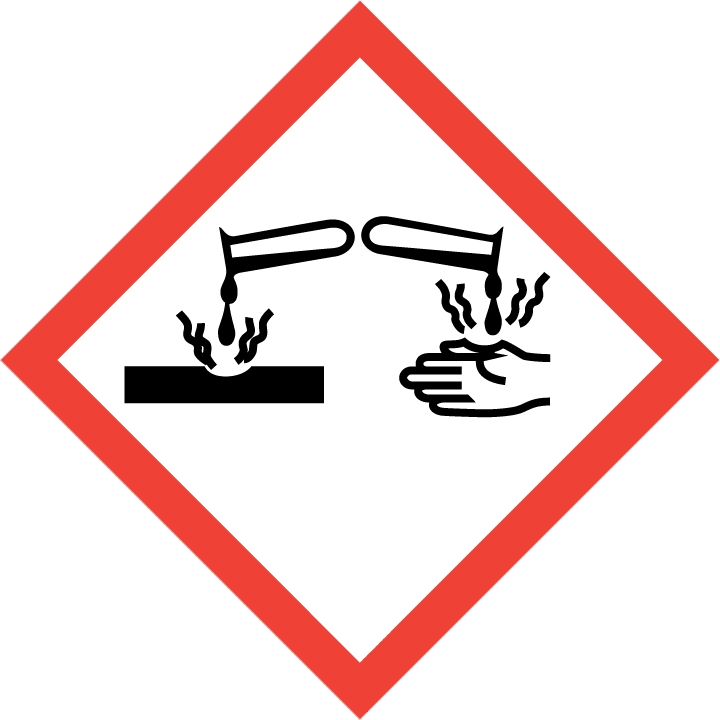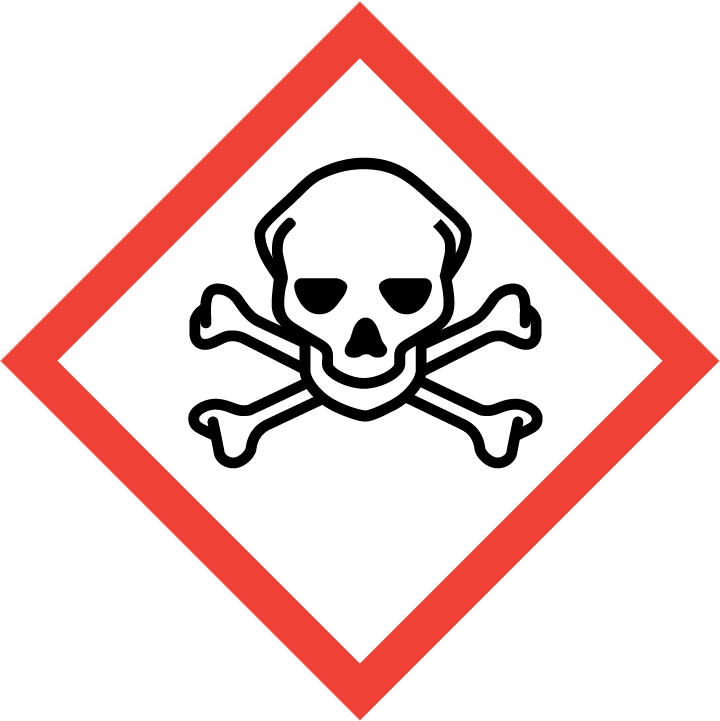| Chemical Name: | Thiazole, 2-chloro-4-phenyl- |
| CAS Number: | 1826-23-9 |
| Product Number: | AG0023ZV(AGN-PC-0KKOLF) |
| Synonyms: | |
| MDL No: | |
| Molecular Formula: | C9H6ClNS |
| Molecular Weight: | 195.6686 |


2-Chloro-4-phenylthiazole is a valuable building block in chemical synthesis due to its versatile reactivity and unique structural features. This compound is commonly used as a key intermediate in the production of various pharmaceuticals, agrochemicals, and materials.In organic chemistry, 2-Chloro-4-phenylthiazole serves as a useful starting material for the synthesis of diverse heterocyclic compounds. Its thiazole ring system provides a strong foundation for the creation of novel molecules with potentially beneficial properties. Through carefully designed chemical transformations, researchers can functionalize the chlorine atom and the phenyl group to introduce specific functionalities or structural motifs into the target molecules.Additionally, 2-Chloro-4-phenylthiazole can participate in various metal-catalyzed reactions, such as cross-coupling and cycloaddition reactions, to construct more complex molecular architectures. By utilizing the reactivity of the thiazole ring, chemists can access structurally diverse compounds with tailored properties for desired applications.Overall, the strategic incorporation of 2-Chloro-4-phenylthiazole in chemical synthesis enables the efficient construction of molecular libraries and the discovery of new compounds with potential biological or material-related activities. Its versatility and reactivity make it a valuable tool for organic chemists seeking to develop innovative molecules with specific functionalities and properties.